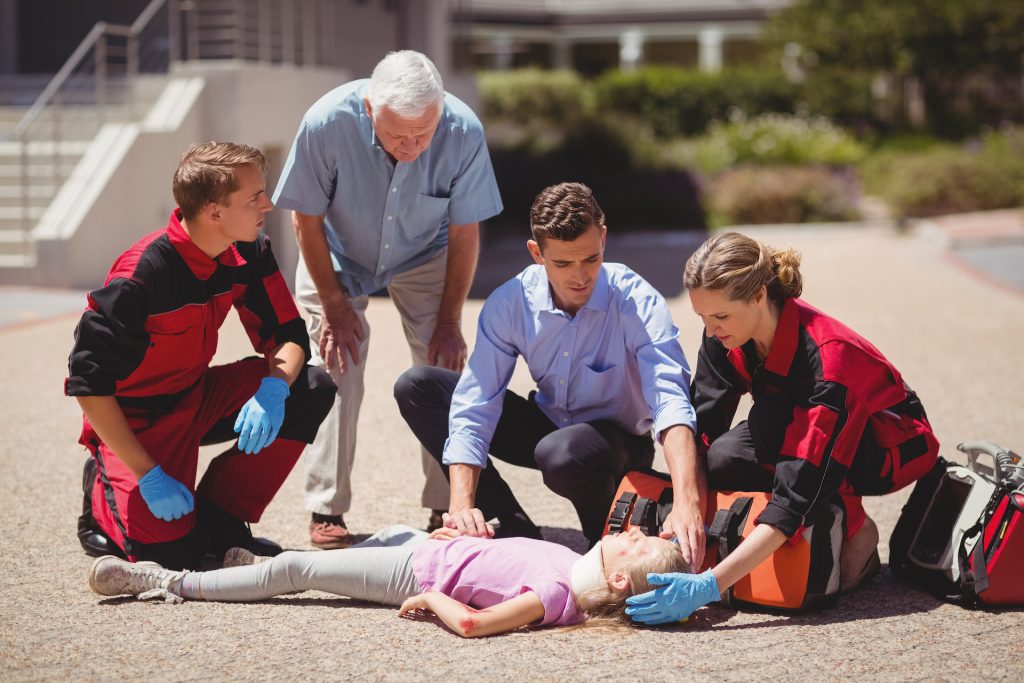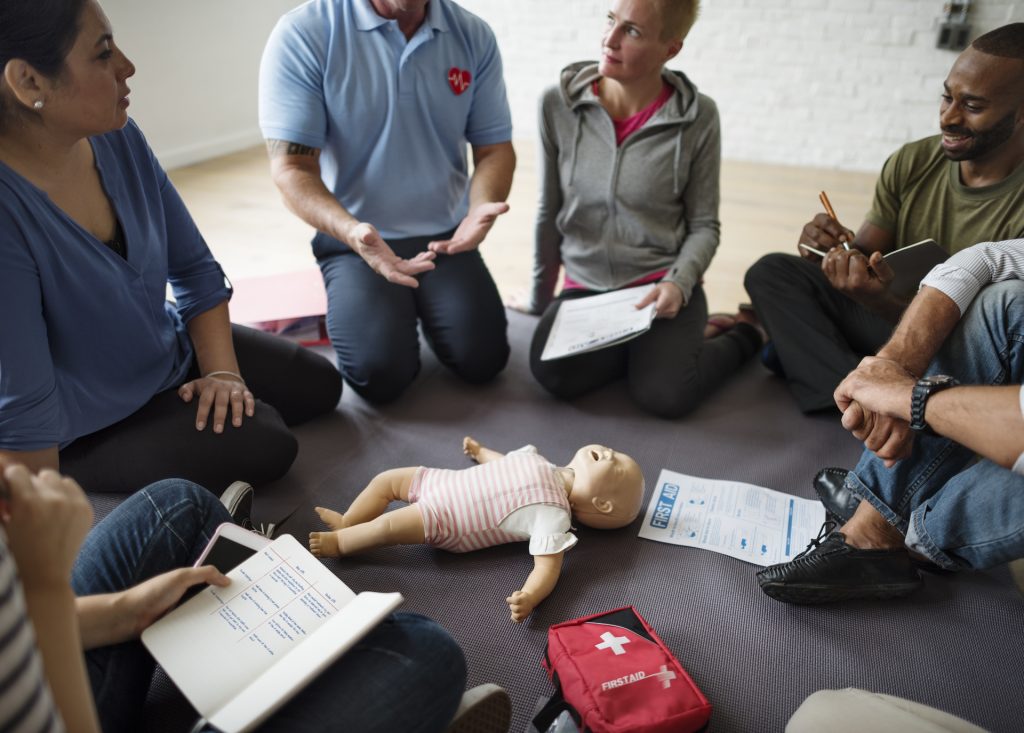First Aid Knowledge a Must-Have in Education and Care Setting
In educational and care environments, where the well-being of children and vulnerable individuals is important, being prepared for the unexpected can make all the difference. From a scraped knee on the playground to a severe allergic reaction in a classroom, the ability to respond calmly and effectively to emergencies is not just desirable—it’s essential.

As the focus on workplace safety continues to grow across Australia, particularly in sectors involving children and public-facing services, the importance of first aid and CPR training has never been clearer. For teachers, early childhood educators, and support staff, being equipped with practical first aid knowledge offers more than just compliance with safety requirements—it creates a culture of readiness, reassurance, and care.
Professionals working in schools, day-care centres, and similar environments are increasingly expected to manage various medical scenarios. These may include common incidents like bruises or minor burns, but also more critical situations such as asthma attacks, epileptic seizures, or even cardiac arrest. Quick intervention in these moments can prevent conditions from worsening and may sometimes save lives.
However, it’s not just about the medical response. First aid training instils confidence and clarity under pressure—crucial traits in environments where panic can unnecessarily escalate situations. Staff who have been trained to stay composed during emergencies are more likely to provide effective care, communicate clearly with others, and maintain order until professional medical help arrives.
This competence also reassures parents and caregivers who trust educational institutions and child care centres. Knowing that staff are trained and prepared sends a strong message: their child’s health and safety are not left to chance.
Beyond the emergency response, trained staff often play a preventative role too. They’re more alert to potential hazards and more proactive in identifying unsafe conditions—whether that’s spotting a spill on a floor, identifying choking risks, or managing hygiene during outbreaks of illness. Over time, this promotes a safer, more mindful culture within the workplace.
With health and safety regulations evolving regularly, it’s also vital that institutions provide access to up-to-date training that reflects the latest national guidelines. Recognised courses like HLTAID012, Provide First Aid in an Education and Care Setting, cover not only core life-saving techniques but also include content tailored to infant and child-specific scenarios.

First aid and CPR training can be just as valuable for those working in hospitality environments, where interaction with the public and children and fast-paced service are routine. Being prepared to act can make all the difference, whether it’s a choking customer, a slip on a wet floor, or a staff member experiencing heat stress.
Short courses in First Aid and CPR, available through trusted providers like Brighten Institute Australia, allow workers and employers alike to confidently meet these expectations. These flexible training options equip participants with the critical skills needed to act quickly, correctly, and responsibly in real-life situations.
As demand for safer, more responsive workplaces continues to rise, especially in the care and hospitality sectors, investing in first aid training is more than ticking a compliance box—it’s a commitment to well-being, professionalism, and community trust.

